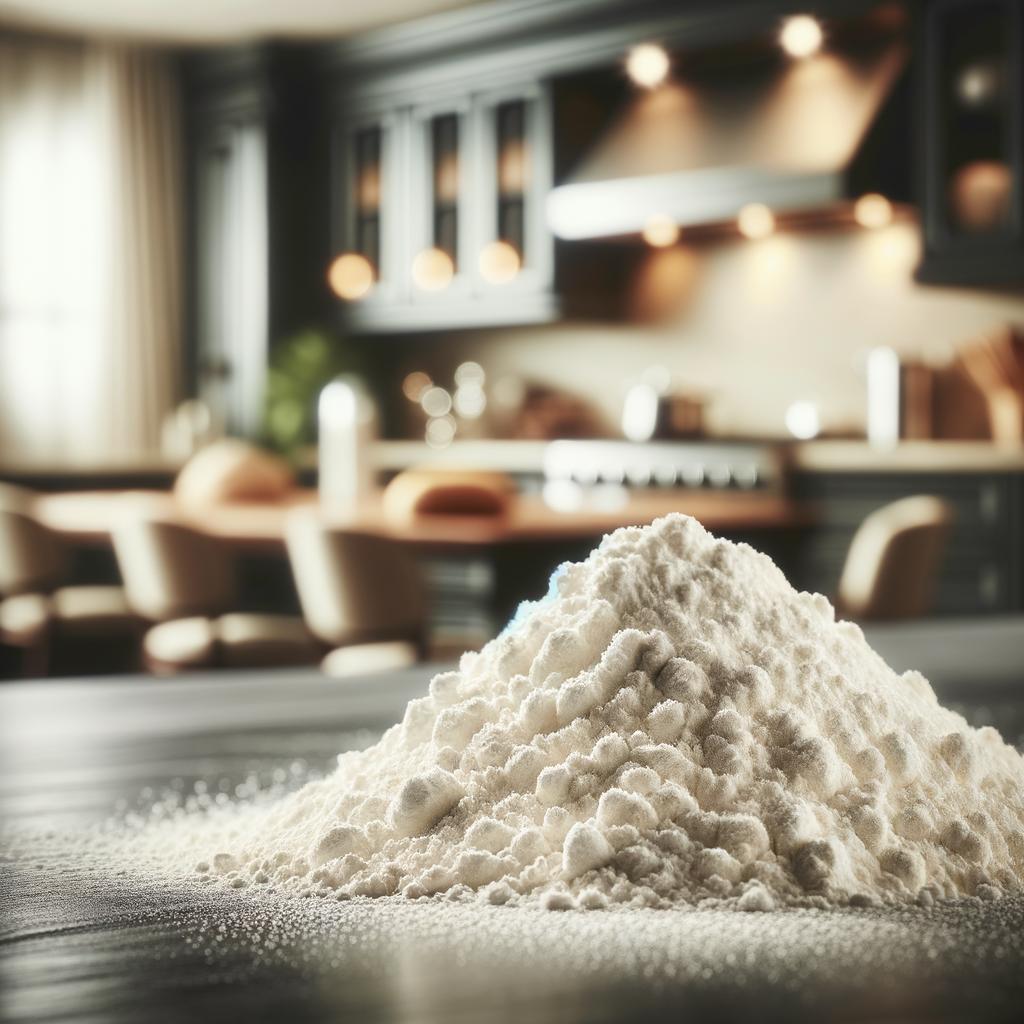Plain Flour

Description
Plain flour, also known as all-purpose flour, is a versatile and fundamental ingredient in the culinary world. It is a fine, soft powder, usually of a pristine white hue, that feels silky to the touch. The flavor profile of plain flour is neutral, making it a blank canvas for a wide array of culinary creations. Its unique characteristic lies in its balanced protein content, which sets it apart from other types of flour. This protein balance allows it to create the right structure in both tender cakes and flaky pastries, without making them too tough or too crumbly.
Primary Uses
Plain flour is a culinary chameleon, adapting itself to an extensive range of dishes across various cuisines. It is the backbone of bread, pastries, pasta, and a multitude of baked goods, from cookies to cakes to pies. Furthermore, it serves as a thickening agent in sauces, soups, and gravies. In non-culinary contexts, flour has been used in craft activities, like making homemade play dough for children. Its cultural significance is immense, symbolizing sustenance and prosperity in many cultures.
History
The history of plain flour is as old as civilization itself, tracing back to the ancient times when humans first ground wheat into flour. It played a crucial role in human survival and societal development. The advent of industrial milling in the 19th century made it possible to produce the finely ground, consistent product we know today. Flour has been steeped in folklore and myth, often used in rituals and ceremonies. Its use and popularity have evolved over time, but it remains a staple ingredient in kitchens worldwide.
Nutritional Information
Plain flour is a good source of energy-providing carbohydrates. It also contains essential nutrients like iron, B-vitamins, and trace minerals. However, since it's made from the endosperm of the wheat grain, it lacks the fiber and certain vitamins found in whole grain flour. Regular consumption in moderation poses no health risks, but overconsumption can contribute to weight gain and other health problems. Compared to whole grain flour, plain flour has a lower nutritional profile, but its versatility and ease of use make it a popular choice in many recipes.

